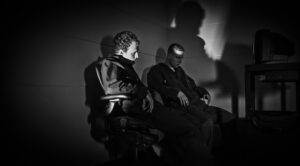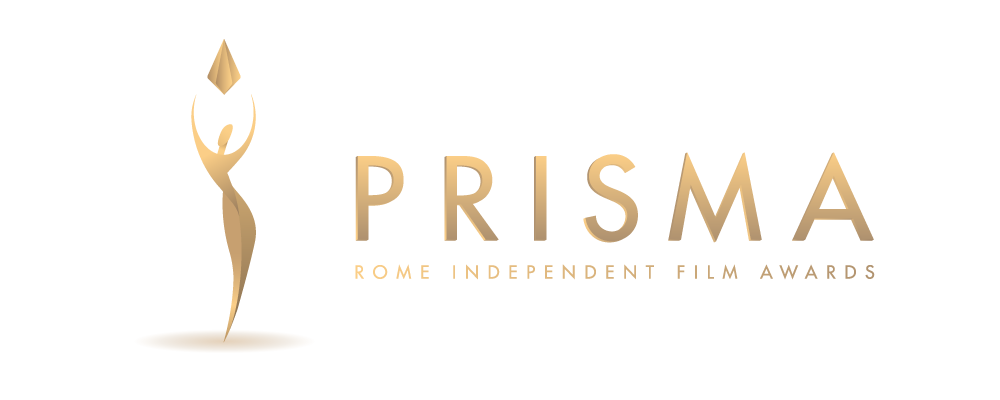07 Ott An interview with Dogu Ozorhan, director of “Goodbye Blue Sky”
BIO
Yes I can confirm. The whole film is a symbolism of the world that we are living in; where as people we are stuck inside the brick walls in our life, and some of us have not forgotten and they still remember what the sky looks like.

I am not exactly sure what inspired me for the concept but while I was working on the script, I was mainly thinking about Pink Floyd’s film The Wall, and how I would be able to mix the concept of the wall with fine arts, because eventually I wanted to make a film about painting but I thought I wanted to combine the concept in my mind for the film with the themes from The Wall.

For the black and white parts of the film I was very inspired by Kassovitz’s La Haine and Wes Anderson’s The French Dispatch for getting reference for the painting sequence. On the other hand, for the dystopian government and the judge I was heavily inspired from The Wall and Stanley Kubrick’s Barry Lyndon.

What were the main challenges encountered during the writing and production of “Goodbye Blue Sky” for you and your team? What lessons did you learn from creating this short film?
I think the biggest challenge about making this film happen was trying to create and do all of the production design as a sophomore student while not having any budget to spend on costumes or props. Ringling College and the Film Department were very supportive regarding providing me as much as they could with location and production design. So, I think the biggest challenge was trying to make a story of this scale as a sophomore production.

I will be sending it to festivals very soon.

